Discover how minimalist choices can lead to a more sustainable lifestyle. Learn practical tips for reducing your footprint and embracing a greener future.
Picture this: You’re standing in your Berlin flat, surrounded by stuff you forgot you owned, wondering if that impulse-buy bamboo toothbrush holder actually makes you a better person. Sound familiar?
Here’s the thing about sustainability – it’s not about perfection, and it’s definitely not about Instagram-worthy zero-waste jars lined up like tiny soldiers. It’s about making intentional choices that align with your values whilst actually enjoying your life. And honestly? That’s where minimalism becomes your secret weapon.
I used to think minimalism was all white walls and empty spaces – basically, making your home look like a tech startup’s waiting room. But after years of trying (and failing) to live sustainably, I discovered something revolutionary: minimalist sustainability isn’t about having less stuff; it’s about having the right stuff.
The Real Talk About Small Actions and Big Impact
Let’s address the elephant in the room: How can small personal actions really make a difference?
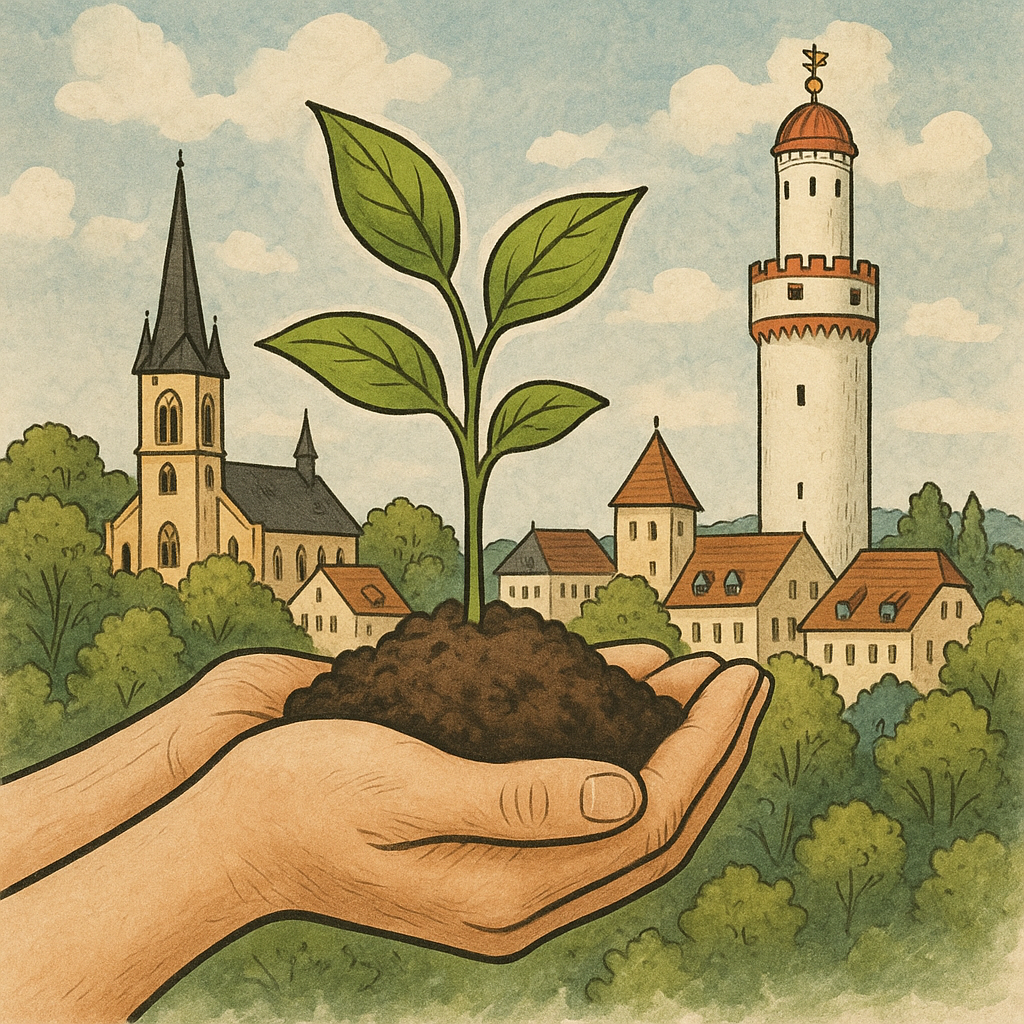
You know that nagging voice telling you your reusable coffee cup won’t save the world? It’s not entirely wrong – but it’s missing the bigger picture. According to research highlighted by Deutsche Welle, individual actions create ripple effects that extend far beyond personal consumption.
Think about it like this: When you choose to buy less but better, you’re not just reducing waste – you’re voting with your wallet. You’re telling manufacturers that quality matters more than quantity. You’re influencing your social circle (yes, even that friend who buys a new outfit for every weekend). You’re participating in what economists call ‘preference cascades’- where individual choices collectively shift market demand.
But here’s where it gets interesting: minimalist sustainability amplifies these effects. Instead of buying ten cheap shirts that fall apart, you invest in three high-quality pieces that last years. The environmental impact? Dramatically reduced. The stress of constant decision-making? Gone. The satisfaction of owning things you genuinely love? Priceless.
Beyond Aesthetics: The Deeper Purpose of Intentional Living
Isn’t minimalism just about aesthetics or decluttering?
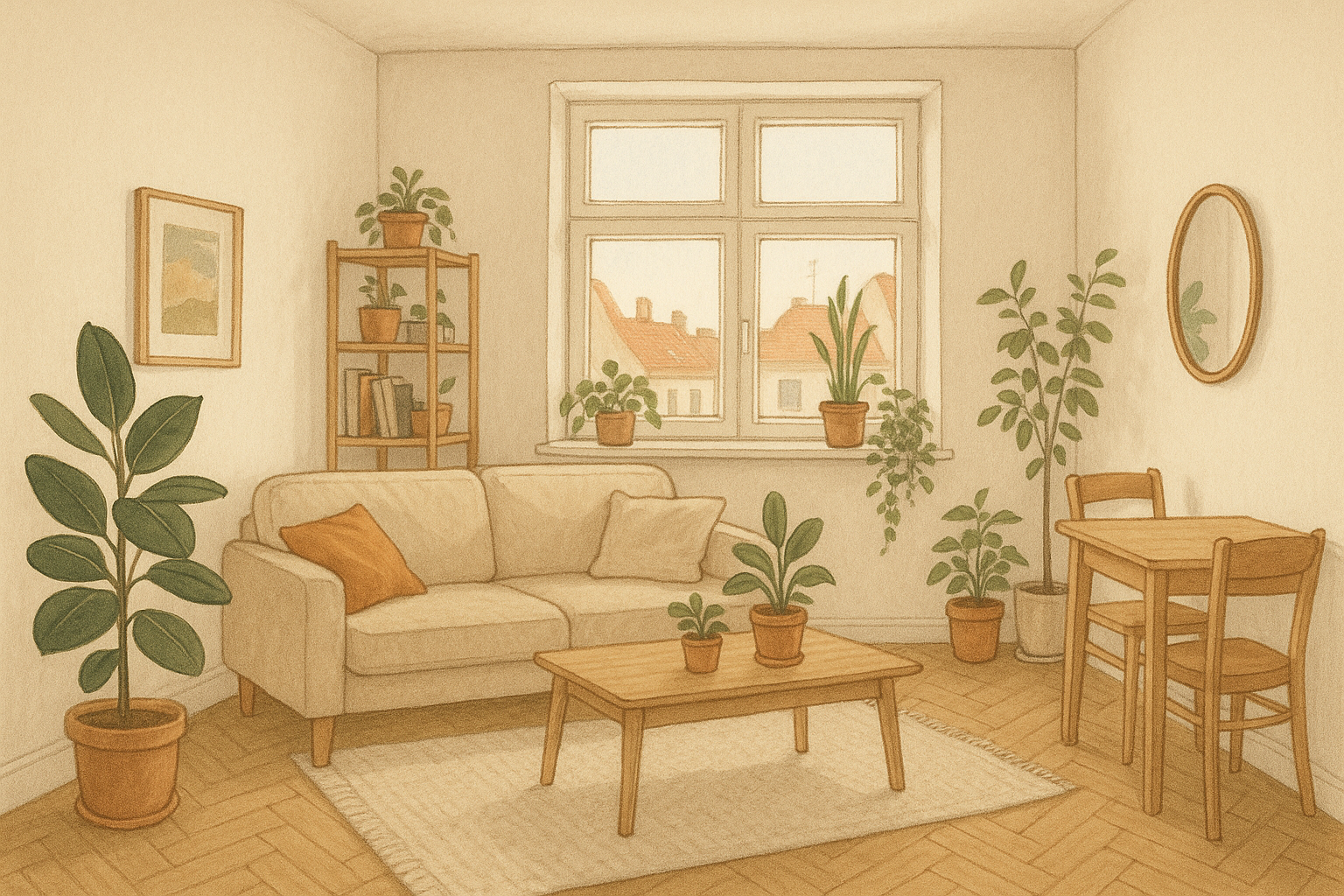
This question always makes me chuckle because it reveals a common misconception. Yes, minimalism can create beautiful spaces – but that’s just the surface level. Real minimalism is about intentional living for the planet and yourself.
I learned this lesson the hard way when I moved into my first home. I spent months obsessing over the ‘perfect’ minimal aesthetic, buying expensive storage solutions and neutral-toned everything. My flat looked like a magazine, but I felt empty. Something was missing.
The breakthrough came when I shifted focus from ‘What looks good?’ to ‘What serves my values?’ Suddenly, minimalism became a tool for conscious consumption rather than just interior design. My eco-conscious lifestyle started making sense – not because I was following rules, but because I was following my conscience.
Here’s what intentional living actually looks like in practice:
Quality Over Quantity Matrix
| Category | Conventional Approach | Minimalist Sustainability Approach |
|---|---|---|
| Clothing | 20 fast fashion items | 10 ethically-made pieces |
| Electronics | Latest gadgets annually | Durable devices used for years |
| Furniture | Trendy, disposable pieces | Timeless, repairable items |
| Food | Convenience over consciousness | Local, seasonal, minimal packaging |
This approach aligns perfectly with Germany’s growing sustainability movement, where citizens increasingly prioritise environmental responsibility alongside personal wellbeing.
Starting Your Light Living Journey
What are some ‘light living’ choices I can start with?
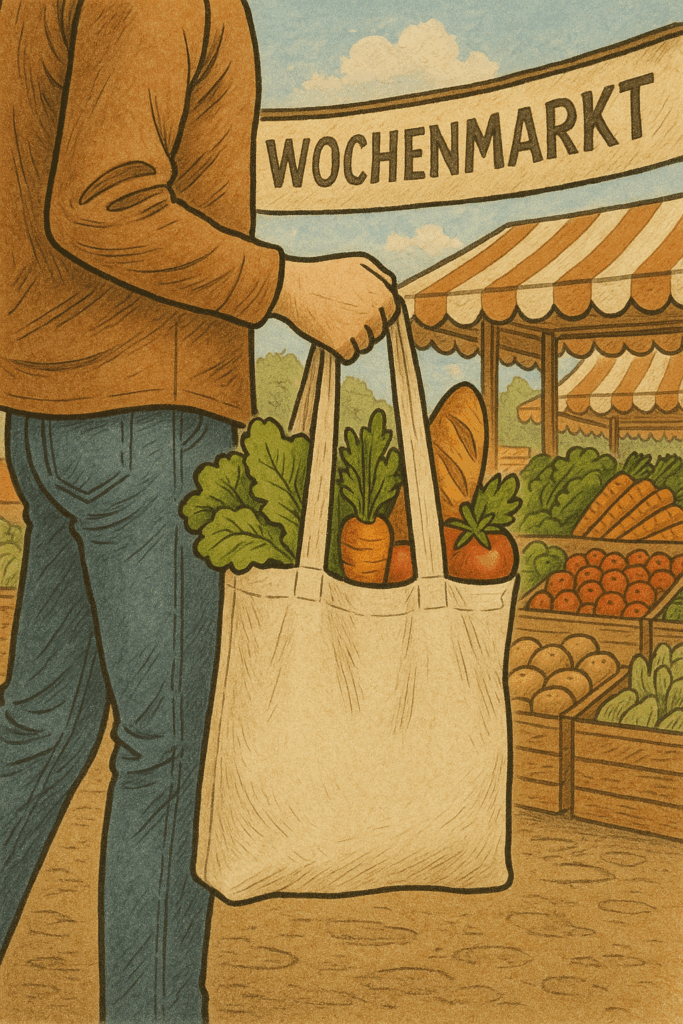
You don’t need to overhaul your entire life overnight. Small, consistent changes create lasting transformation – and they’re much more enjoyable than dramatic lifestyle shifts. Here are my favourite ‘light living’ starting points, tested and refined:
Week 1: The Consumption Pause
Before buying anything non-essential, wait 48 hours. This simple practice broke my impulse-buying habit and saved me hundreds of euros. Plus, it gave me space to consider whether purchases aligned with my values.
Week 2: The One-In-One-Out Rule
For every new item entering your home, something else leaves. This maintains balance and forces you to evaluate what you truly need. I donated three bags of clothes using this method – and discovered I had a shopping addiction I didn’t know existed.
Week 3: Energy Consciousness
Replace one car journey per week with walking, cycling, or public transport. You’ll save money, reduce emissions, and often arrive less stressed.
Week 4: Local and Seasonal Eating
Visit your local weekly market instead of the supermarket once per week. Seasonal produce is incredible – and supporting local farmers reduces transportation emissions whilst strengthening community connections.
The Digital Minimalism Bonus
Unsubscribe from promotional emails and unfollow accounts that trigger mindless consumption. Your mental space will thank you, and you’ll make more intentional purchasing decisions.
Perfection is the Enemy of Progress
Is this approach about eco-perfectionism?
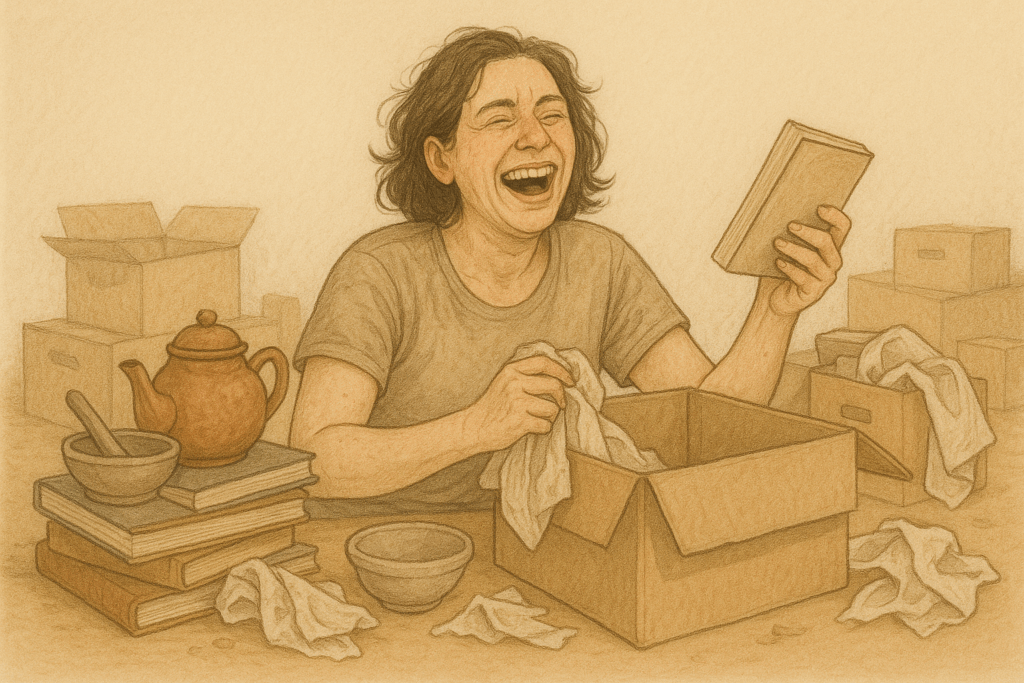
Thank goodness, no! Eco-perfectionism is the fastest route to burnout and abandoning sustainable practices entirely. I’ve seen too many people (myself included) start with unrealistic expectations, fail to meet them, and give up completely.
Real talk: I still occasionally buy something I don’t need. I sometimes forget my reusable bag. I’ve definitely ordered takeaway in non-recyclable packaging after a long day. And you know what? That’s human.
The goal isn’t perfection – it’s progress with compassion. Every conscious choice matters, even if it’s surrounded by less conscious ones. The minimalist approach actually helps here because it removes the pressure to do everything perfectly.
The 80/20 Rule for Sustainable Living:
- 80% of your choices align with your values
- 20% are imperfect—and that’s okay
- Focus on consistent good choices rather than occasional perfect ones
Making It Personal: Your Sustainability Style
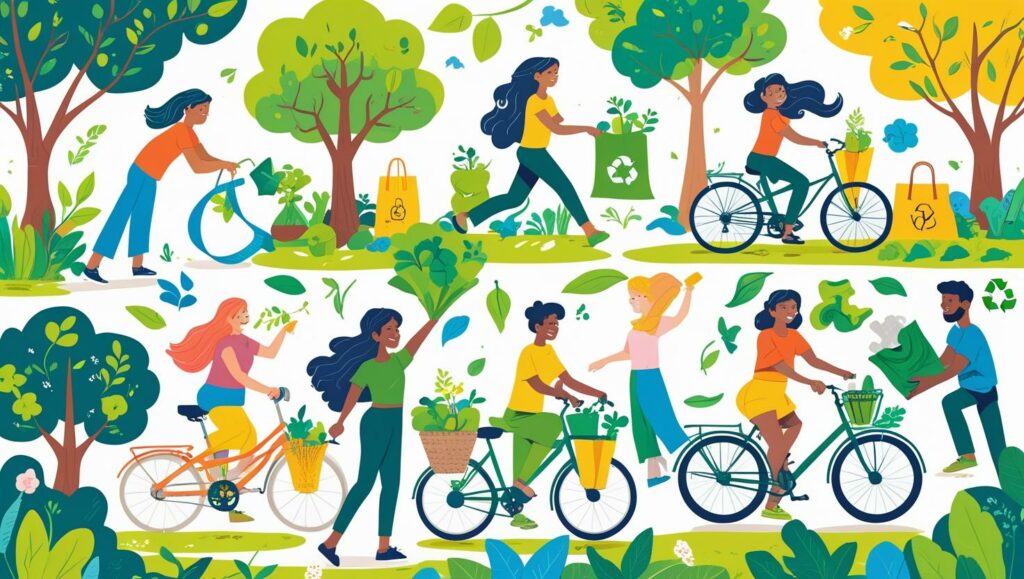
The most sustainable lifestyle is one you actually enjoy living. This means adapting general principles to your specific circumstances, preferences, and cultural context.
For the Mindful Creative: Focus on sustainable art supplies, supporting local makers, and using creativity to repurpose items.
For the Global Nomad: Emphasise digital minimalism, quality travel gear, and supporting local economies wherever you go.
For the Eco-Minded Minimalist: Combine aesthetic preferences with environmental values, creating beautiful spaces with sustainable items.
Your Next Steps Forward
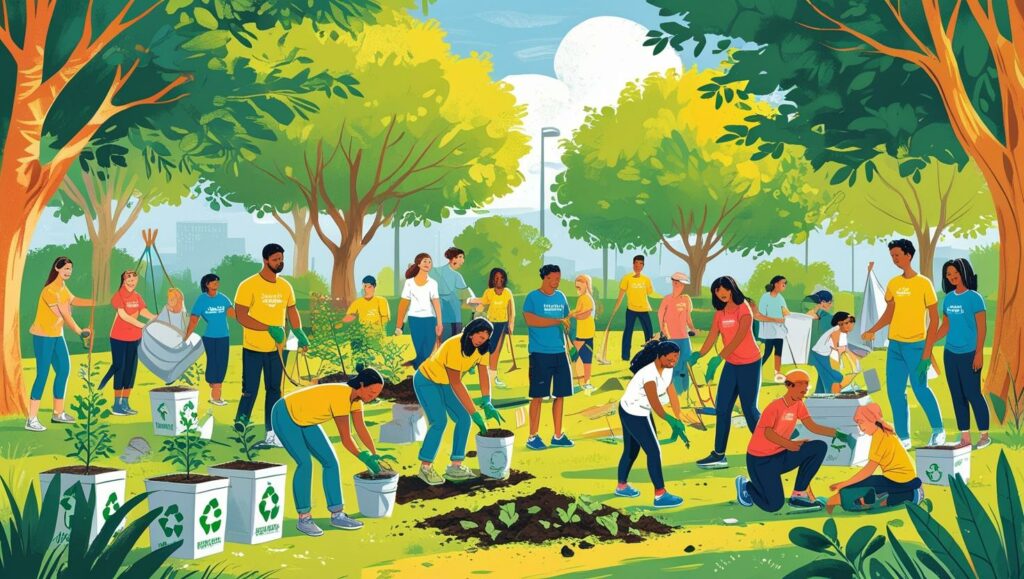
Minimalist sustainability isn’t about following someone else’s rules – it’s about creating a lifestyle that honours both your values and your humanity. It’s about recognising that small, consistent actions compound into meaningful change.
Start where you are, with what you have. Question one purchase this week. Donate one item you haven’t used in months. Choose one local business over a multinational chain. These aren’t revolutionary acts, but they’re foundational ones.
The planet doesn’t need a few people practicing sustainability perfectly – it needs millions of people doing it imperfectly but consistently. Your contribution matters, your choices ripple outward, and your example inspires others.
Ready to begin? Pick one ‘light living’ suggestion from this article and try it for the next week. Notice how it feels. Adjust as needed. Build from there.
The journey towards intentional, sustainable living isn’t about reaching a destination – it’s about enjoying the path while creating positive change along the way. And honestly? That sounds pretty wonderful to me.
What’s your first light living choice going to be? Share your thoughts and let’s inspire each other towards a more sustainable future.
Disclaimer:
As part of ongoing experimentation with AI tools, all the illustrations in this post were generated using artificial intelligence (for visual and creative exploration only and do not depict real people, places, or events).

Leave a Reply